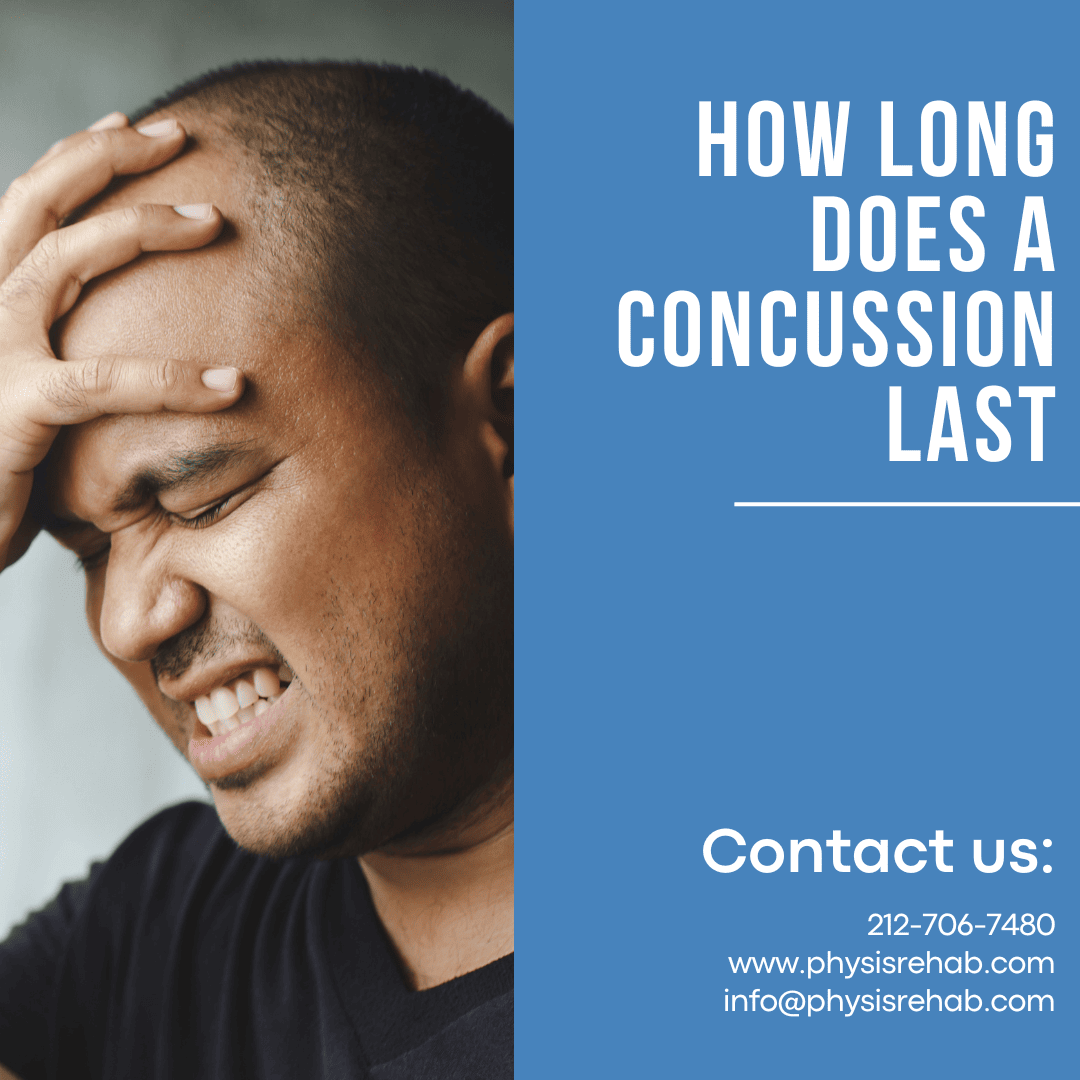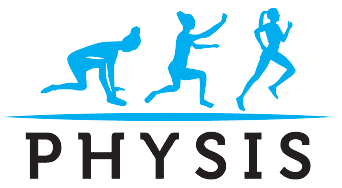Concussions are a type of traumatic brain injury (TBI) that commonly occur as a result of a blow to the head or a violent shaking of the body. These injuries can have a significant impact on an individual’s physical, cognitive, and emotional well-being. In this blog, we will delve into the duration of a concussion, the different grades of concussions, their symptoms, initial recovery, the role of physical therapy in concussion rehabilitation, and why it is crucial not to avoid physical therapy after a concussion.
What are the grades of Concussion?
Concussions are classified into three grades: mild, moderate, and severe. The grade depends on the severity of symptoms and the duration of unconsciousness, if any.
- Grade 1 (Mild Concussion): Grade 1 concussions are considered mild and typically involve a temporary disturbance of brain function. The characteristics of a Grade 1 concussion typically includes: No loss of consciousness or only a brief momentary loss of consciousness (typically less than 30 seconds), temporary confusion or disorientation and resolution of symptoms within 15 minutes.
Individuals who experience a Grade 1 concussion often recover relatively quickly, with symptoms resolving within a short period.
- Grade 2 (Moderate Concussion): Grade 2 concussions indicate a moderate level of injury and involve more significant neurological disturbances. The characteristics of a Grade 2 concussion may include: A loss of consciousness, which may last anywhere from a few seconds to a few minutes, more confusion or disorientation compared to Grade 1, and symptoms lasting beyond 15 minutes but typically resolve within a few hours.
Grade 2 concussions may require a longer recovery period, and individuals may experience more noticeable symptoms and potential cognitive impairments.
- Grade 3 (Severe Concussion): Grade 3 concussions are considered severe and involve a significant loss of consciousness and neurological dysfunction. The characteristics of a Grade 3 concussion may include: A loss of consciousness that lasts longer than a few minutes, severe confusion or disorientation following the injury and symptoms that persist for hours, days, or weeks.
Grade 3 concussions require thorough medical evaluation and often have a more complex recovery process. They may involve longer periods of rehabilitation and close monitoring to ensure the individual’s safety and well-being.
What are the symptoms of concussion?
Concussions can present a wide range of symptoms that impact various aspects of a person’s functioning. It’s important to note that symptoms do vary person to person and may not always be immediately apparent. Some common symptoms of concussions:
- Physical Symptoms:
- Headaches or pressure in the head
- Dizziness or balance problems
- Nausea or vomiting
- Sensitivity to light or noise
- Blurred or double vision
- Fatigue or low energy levels
- Sleep disturbances (e.g., insomnia or excessive sleepiness)
- Cognitive Symptoms:
- Difficulty concentrating or focusing
- Memory problems or forgetfulness
- Slowed thinking or processing speed
- Feeling mentally foggy or confused
- Difficulty finding the right words or expressing thoughts
- Emotional and Mood Symptoms:
- Irritability or mood swings
- Anxiety or nervousness
- Sadness or depression
- Increased sensitivity to emotional triggers
- Emotional instability or outbursts
- Behavioral Symptoms:
- Changes in appetite or eating patterns
- Social withdrawal or isolation
- Increased frustration or impatience
- Reduced tolerance for stress or multitasking
- Loss of interest in previously enjoyed activities
What is the initial recovery after a concussion?
The initial recovery period after a concussion depends on the individual and the severity of the injury. It is important to note that each person’s recovery experience may differ, and there is no standard timeline for recovery. However, here are some general aspects of the initial recovery after a concussion:
- Physical and Cognitive Rest: During the early stages of recovery, physical and cognitive rest is often recommended. This means limiting activities that require mental or physical exertion, such as schoolwork, work tasks, sports, and screen time. Rest allows the brain to heal and reduces the risk of exacerbating symptoms.
- Symptom Management: Managing concussion symptoms is an essential aspect of the initial recovery period. This may involve medications to alleviate pain or reduce inflammation, as prescribed by a healthcare professional. Resting in a quiet, dimly lit environment and avoiding triggers like bright lights, loud noises, or visually stimulating screens can help minimize symptom severity.
Once symptoms begin to improve you will be advised on a gradual return to activities. This typically involves a step-by-step process, starting with light and low-intensity activities and gradually progressing to more demanding tasks. This approach helps individuals gauge their tolerance and allows the brain to adapt to increasing levels of cognitive and physical exertion.
How Physical Therapy helps with Concussion
Physical therapy plays a significant role in the management and rehabilitation of concussions. While rest and gradual return to activity are crucial components of concussion recovery, physical therapy offers targeted interventions to address specific symptoms and promote overall healing. Here are some ways in which physical therapy can help individuals with concussions:
- Balance and Vestibular Rehabilitation: Concussions can disrupt the balance and vestibular system, leading to dizziness, problems with coordination, and impaired spatial awareness. Physical therapists employ specialized exercises and techniques to improve balance, reduce dizziness, and address vestibular system dysfunction. These interventions can help restore normal balance and enhance overall stability.
- Visual Rehabilitation: Concussions often affect visual processing and coordination, leading to symptoms such as blurred vision, sensitivity to light, or difficulties with eye tracking. Physical therapists can incorporate visual exercises and therapies to improve visual function, eye coordination, and reduce visual symptoms. These interventions aim to restore optimal visual processing and enhance visual comfort.
- Gradual Return to Activity: Physical therapists guide individuals through a step-by-step process of returning to physical activities, sports, and exercise. They monitor symptoms closely, gradually increasing the intensity and duration of activity while ensuring that symptoms remain manageable. This gradual return-to-activity approach helps individuals regain confidence, safely reintegrate into their desired activities, and prevent re-injury.
- Exercise and Conditioning Programs: Physical therapists design individualized exercise programs that focus on gradually increasing cardiovascular endurance, strength, and overall physical fitness. These programs are tailored to the individual’s specific needs and limitations, helping them regain strength, stamina, and physical resilience following a concussion.
- Education and Self-Management: Physical therapists provide education and guidance on self-management strategies for symptoms such as headaches, neck pain, and dizziness. They teach individuals proper posture, body mechanics, and relaxation techniques to alleviate discomfort and promote healing. Education on lifestyle modifications, sleep hygiene, stress management, and healthy habits may also be part of the physical therapy intervention.
- Collaborative Care: Physical therapists often work as part of a multidisciplinary team, collaborating with other healthcare professionals such as physicians, neuropsychologists, and occupational therapists. This collaborative approach ensures comprehensive care and facilitates a well-rounded rehabilitation plan tailored to the individual’s specific needs.
The duration of a concussion varies from person to person, but with proper management and rehabilitation, most individuals experience a gradual improvement in symptoms over time. Physical therapy plays a crucial role in concussion recovery by addressing balance, vestibular, and visual impairments, guiding a gradual return to activity, and providing symptom management. It is essential to seek professional guidance and not avoid physical therapy after a concussion, as it can significantly contribute to a successful and faster recovery, improving overall well-being and minimizing the risk of long-term complications. Please reach out to Physis Physical Therapy on 212-706-7480 or www.physisrehab.com to see how physical therapy can help you bounce back from a concussion.



Comments are closed